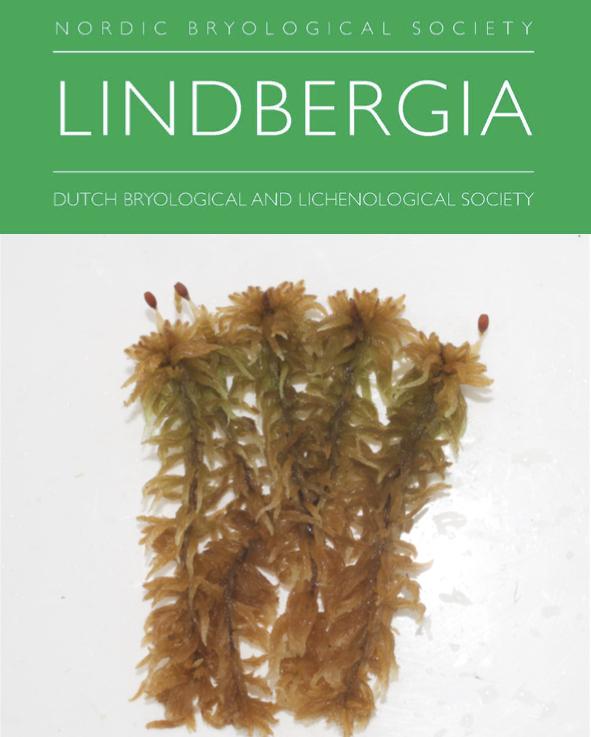
homepageImage_en_US.jpg from: https://journals.lub.lu.se/lndbrg
Exploring the Fascinating World of Lindbergia duthiei Moss
Lindbergia duthiei (Broth.) Broth., commonly known as Lindbergia moss, is a captivating species of moss belonging to the Leskeaceae family. As a member of the Bryophyta division and Bryopsida class, this tiny but mighty plant plays a significant role in its ecosystems. In this blog post, we’ll dive into the intriguing details of Lindbergia duthiei and discover what makes it so special.
Background on Lindbergia Moss
Mosses are small, non-vascular plants that lack true roots, stems, and leaves. Instead, they have leaf-like structures called phyllids that absorb water and nutrients. Mosses reproduce via spores rather than seeds and are found in a wide range of habitats worldwide, from arctic tundra to tropical rainforests.
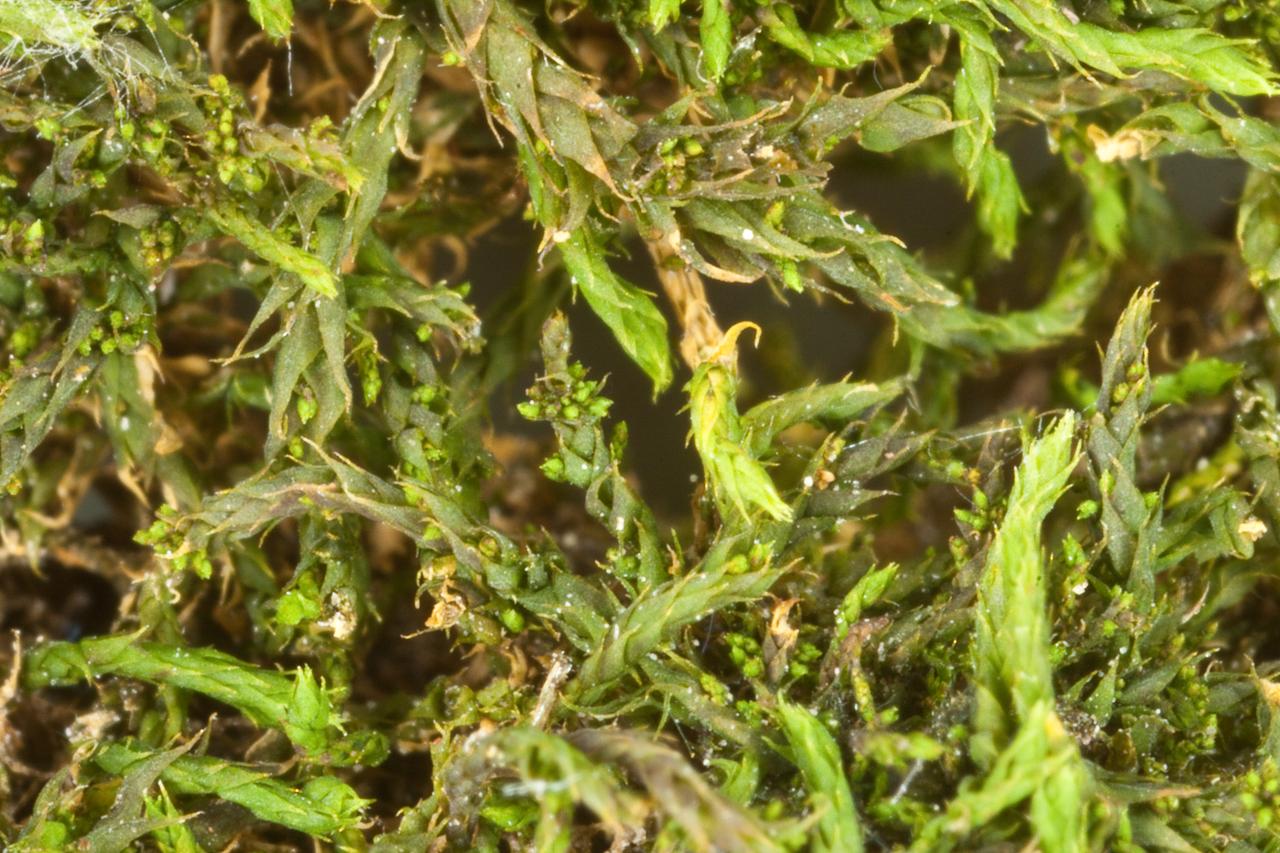
l_brachyptera2.jpg from: https://wnmu.edu/academic/nspages/gilaflora/lindbergia_brachyptera.html
The genus Lindbergia is named after the Swedish botanist Sextus Otto Lindberg. There are around 15 species of Lindbergia mosses globally. Lindbergia duthiei was first described by the German botanist Viktor Ferdinand Brotherus in 1898, based on specimens collected in India.
Morphology and Identification
Lindbergia duthiei is a small, delicate moss that forms dense mats or cushions. Its phyllids are ovate to lanceolate in shape, with a costa (midrib) that extends to the tip. The phyllid margins are entire or slightly toothed near the apex.
One distinguishing feature of L. duthiei is its papillose phyllid cells
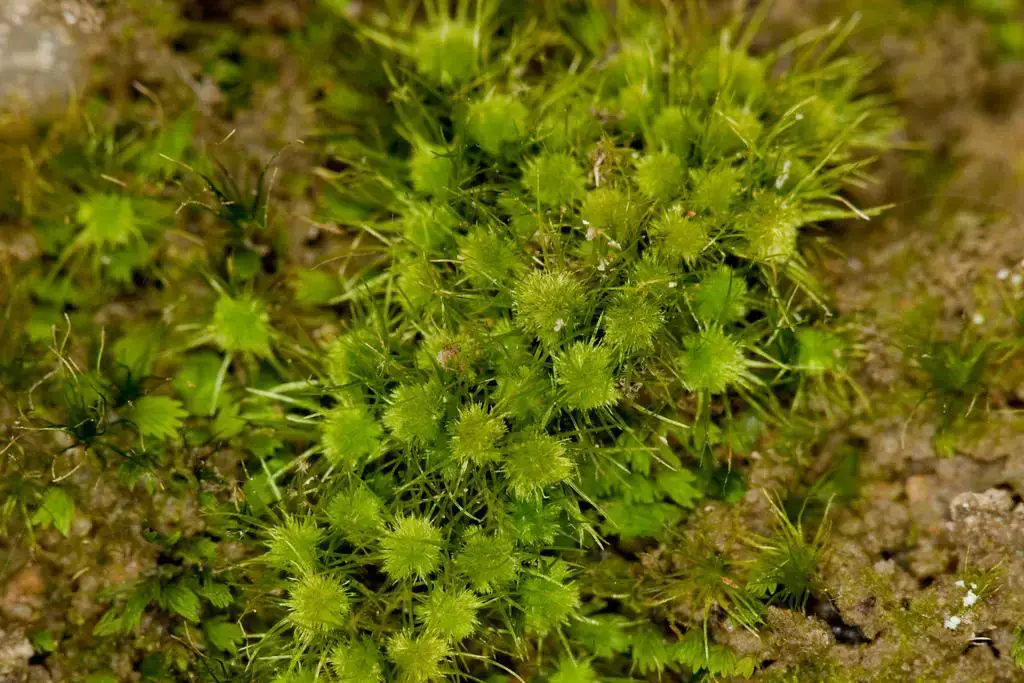
brothera_leana.jpg from: https://www.earth.com/plant-encyclopedia/bryophytes/dicranaceae/brothera-leana/en/
. Papillae are tiny protuberances on the cell surface that give the moss a rough texture. Under a microscope, the papillae on L. duthiei phyllids appear as small bumps or spikes.
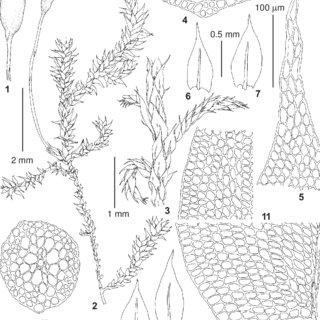
Lindbergia-sinensis-Muell-Hal-Broth-from-Primorsky-Territory-Lazo-Distr-Kamenka_Q320.jpg from: https://www.researchgate.net/figure/Lindbergia-sinensis-Muell-Hal-Broth-from-Primorsky-Territory-Lazo-Distr-Kamenka_fig3_276195527
The sporophytes (spore-producing structures) of L. duthiei are erect capsules borne on short setae. The capsules are cylindrical and have a peristome, a ring of tooth-like structures that controls spore dispersal.
Global Distribution and Habitat
Lindbergia duthiei has a primarily Asian distribution, found in countries such as India, Nepal, China, Japan, and Indonesia. It grows on a variety of substrates, including tree bark, rocks, and soil, in forests and other humid environments.
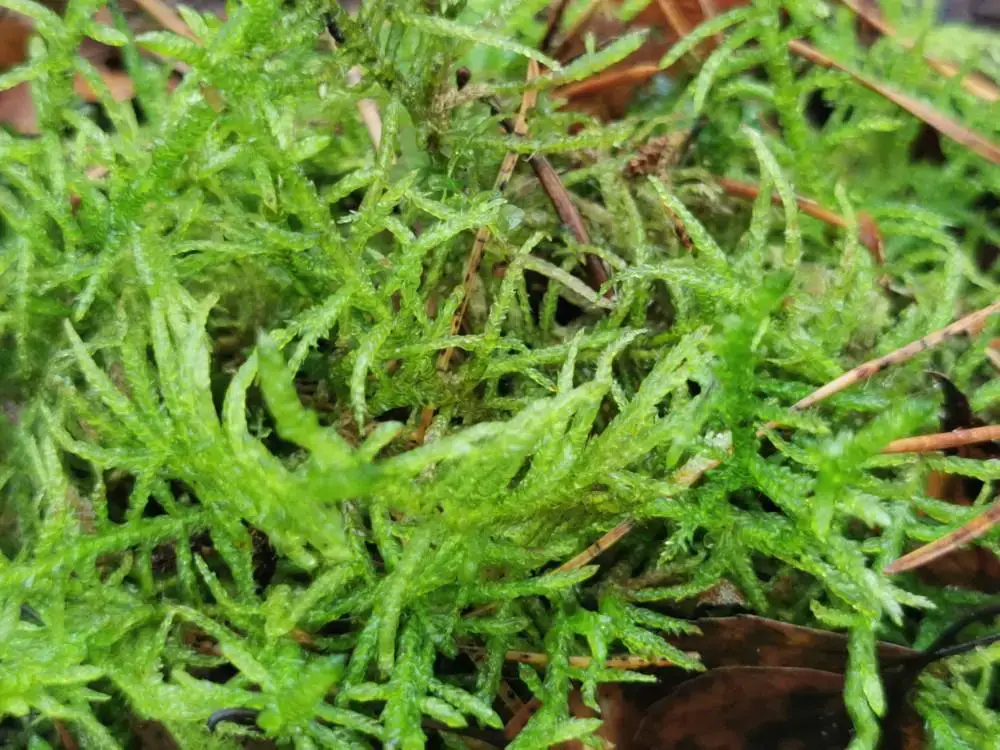
61989728.jpg from: https://observation.org/photos/61989728/
This moss is particularly well-adapted to epiphytic growth, meaning it often grows on other plants without harming them. The papillae on its phyllids help it efficiently absorb water and nutrients from the air and surface it’s growing on.
Ecological Roles and Adaptations
Like other mosses, Lindbergia duthiei plays important ecological roles:
Moisture retention: Moss mats help retain moisture in their environment, preventing soil erosion and providing hydration for other plants.
Nutrient cycling: Mosses trap and recycle nutrients, making them available to other organisms in the ecosystem.
Habitat provision: Many small invertebrates, such as tardigrades and springtails, live among moss cushions.
Bioindicators: Mosses are sensitive to air and water pollution, so their presence or absence can indicate environmental health.
Lindbergia duthiei has several adaptations that allow it to thrive:
- Desiccation tolerance: Like many mosses, it can survive periods of dryness by going dormant and reviving when moisture returns.
- Asexual reproduction: In addition to sexual reproduction via spores, L. duthiei can propagate clonally through fragmentation. Broken bits can regenerate into new plants.
- Papillose phyllids: The rough surface texture helps the moss efficiently absorb and retain water and nutrients.
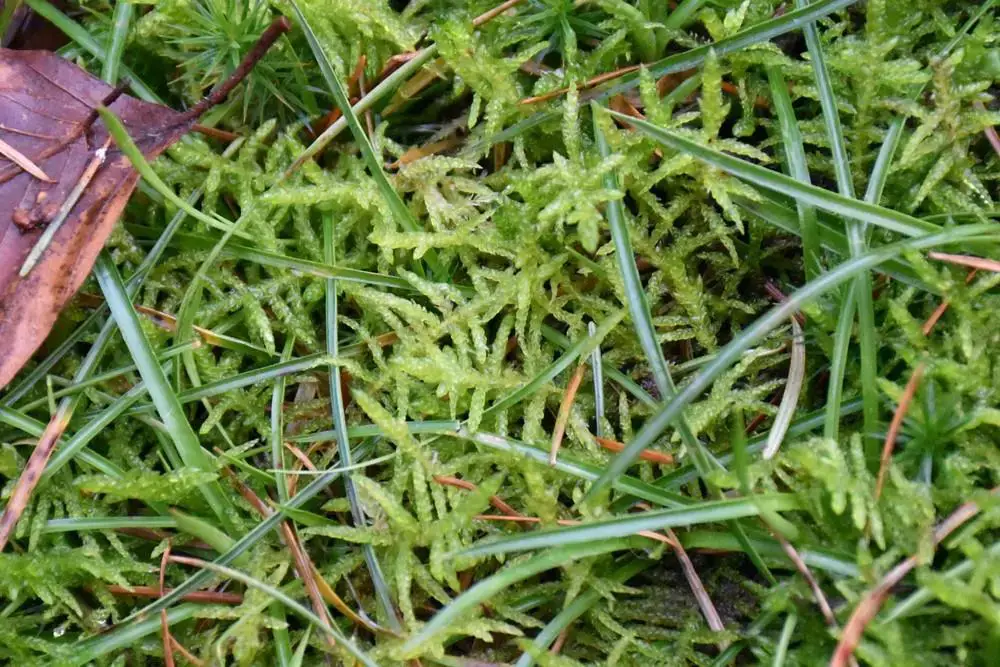
62000670.jpg from: https://observation.org/photos/62000670/
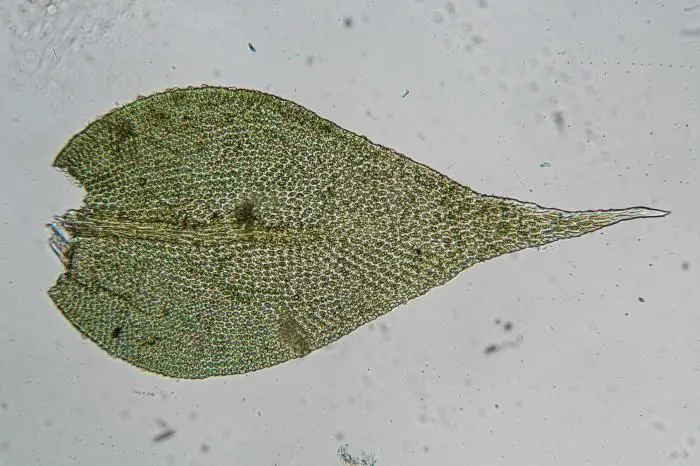
Lindbergia-brachyptera-a-leaf-700×466.jpg from: https://ohiomosslichen.org/moss-lindbergia-brachyptera/
| Trait | Description |
|---|---|
| Division | Bryophyta |
| Class | Bryopsida |
| Family | Leskeaceae |
| Genus | Lindbergia |
| Species | L. duthiei |
| Phyllids | Ovate to lanceolate, papillose |
Costa
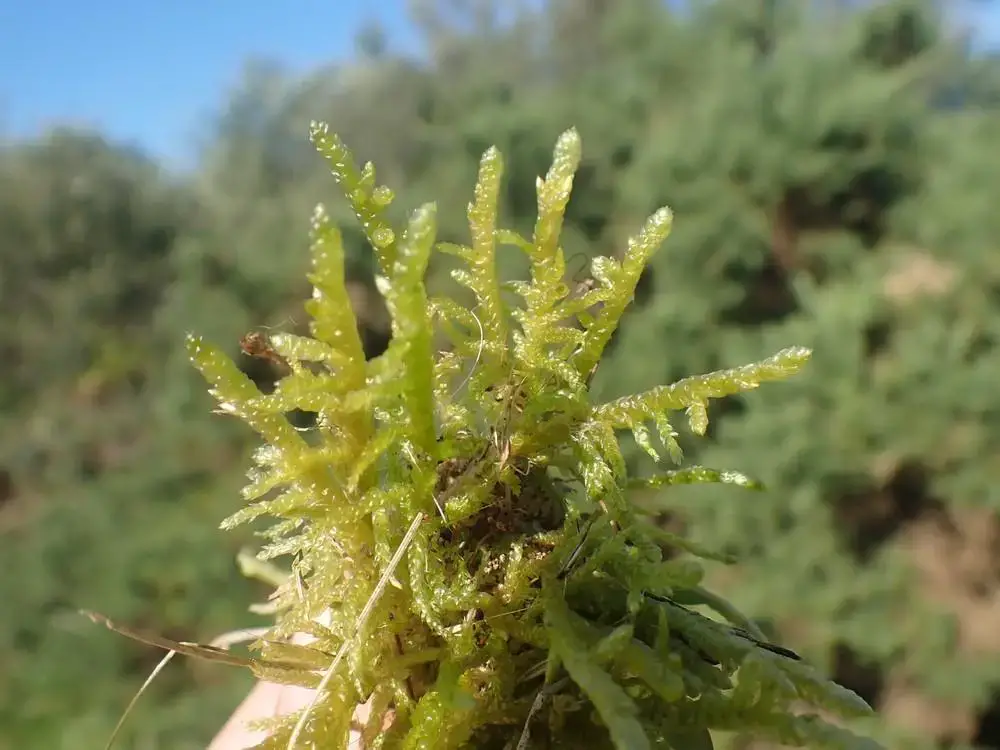 75226375.jpg from: https://observation.org/photos/75226375/ |
Extending to apex |
| Sporophyte | Erect cylindrical capsule |
| Habitat | Epiphytic, on bark, rock, soil |
Distribution
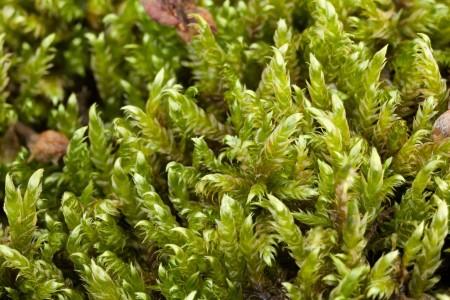 Hypnum-lindbergii-7-450×300.jpg from: https://ohiomosslichen.org/moss-hypnum-lindbergii/ |
Primarily Asia |
Conclusion
Lindbergia duthiei may be small, but it is a fascinating and ecologically valuable moss. Its unique adaptations and roles make it an important part of its native Asian habitats. Next time you see a patch of moss, take a closer look – you might just be gazing at the mighty Lindbergia! What other tiny wonders of nature have you discovered?
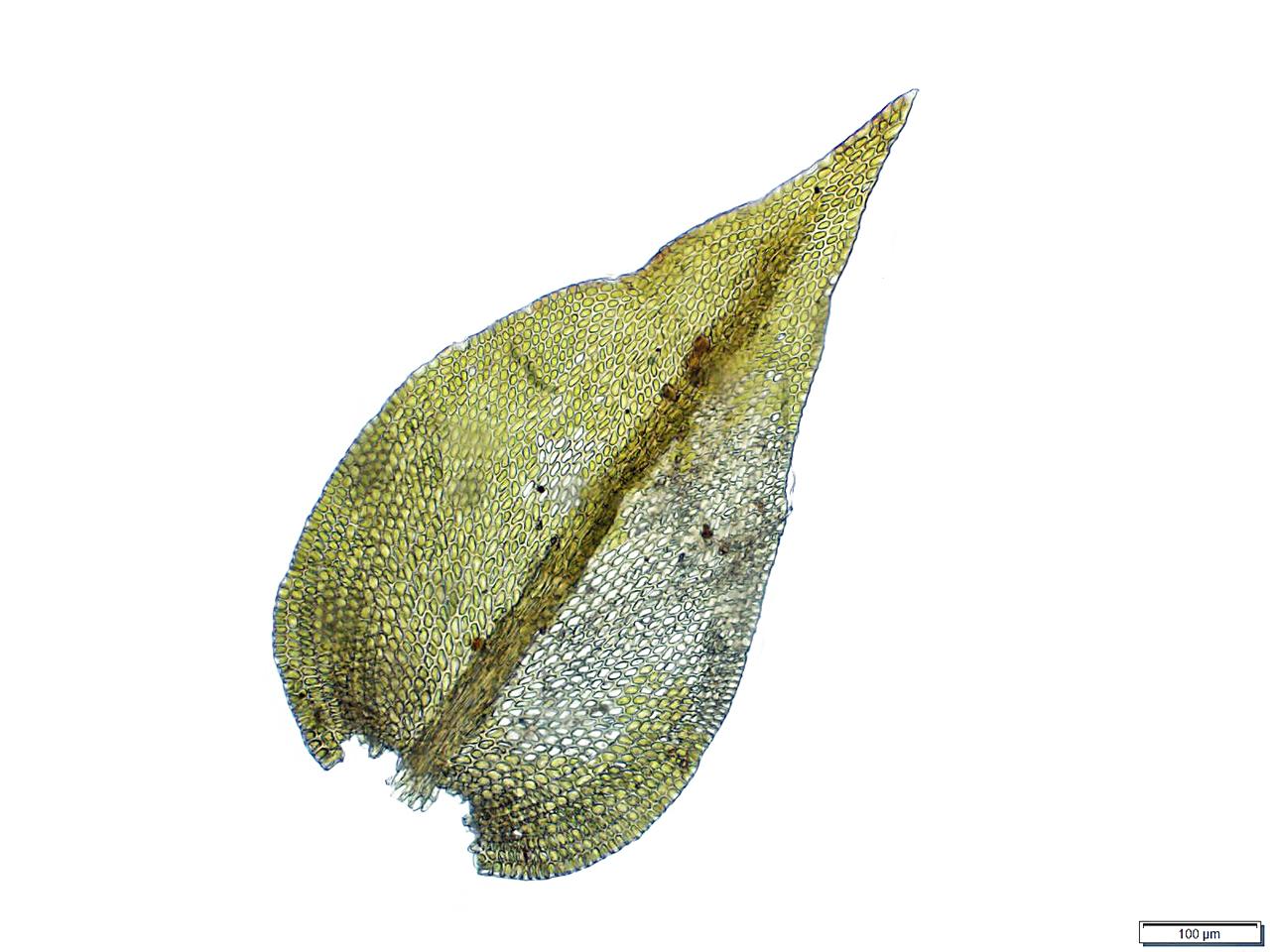
li_mexicana.jpg from: https://wnmu.edu/academic/nspages/gilaflora/lindbergia_mexicana.html